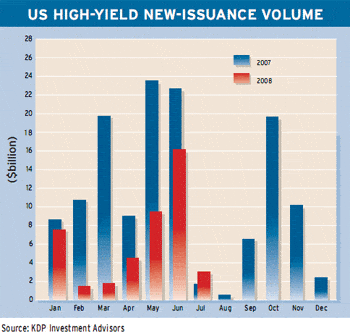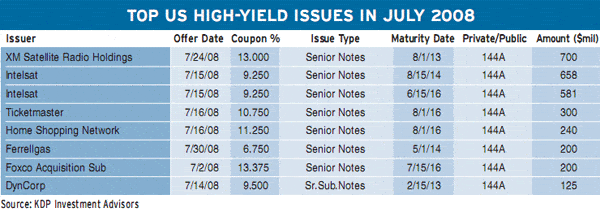The Counterparty Risk Management Policy Group III, led by Goldman Sachs managing director E. Gerald Corrigan, weighed in with a report on the first anniversary of the crisis that recommended new risk standards and stress tests for financial institutions, as well as a central clearinghouse for credit default swaps.
Philippe Carrel, executive vice president of risk management at Thomson Reuters, says the Corrigan report is a dramatic response to the credit crisis. “This is a brand-new, hands-on approach to risk, based on know-how, experience, expertise and deep knowledge of one’s markets, products and clients, rather than an ivory-tower, math-intensive modeling exercise,” he says.
Regulators of the banking and securities industries should combine their efforts with those of data providers to produce global measures of exposure against which each individual firm can benchmark its own activities, Carrel says. “The globalization of financial markets has created new and unpredictable correlations,” he says.
In the past, risk has never been managed, but merely reported, and rather clumsily at that, Carrel says. “Risk managers need to come out of the audit departments and sit in between the CEO and the CFO of a firm,” he says. “This is nothing short of implementing a new corporate culture.”
The new approach consists of identifying the key risk factors underlying a firm’s exposure and assessing their impact on the positions of the firm, according to Carrel. “The key is diversity,” he says. “There is systemic risk in driving entire market segments toward uniform hedging tactics.”
Each firm has different sensitivities to similar risk factors, Carrel says. “By focusing the financial industry on credit quality, pointing at methodologies and even models to measure risks and allocate economic capital, the regulators would create systemic risk themselves,” he says.
 The Corrigan report urged firms to make sure they have accurate measures available of their exposures to trading partners, as well as the ability to compile detailed reports within a matter of hours.
The Corrigan report urged firms to make sure they have accurate measures available of their exposures to trading partners, as well as the ability to compile detailed reports within a matter of hours.
Meanwhile, US treasury secretary Henry Paulson and his department are promoting the use of European-style covered bonds, which are debt obligations backed by a pool of collateral and which also give the investor recourse to the issuing bank.
The New York-based Securities Industry and Financial Markets Association (SIFMA) has formed a committee comprising more than a dozen participants in the primary and secondary trading markets for covered bonds to support the growth of these markets in the United States.
“We support the US Treasury’s efforts to firmly establish this market,” says Tim Ryan, president and CEO of SIFMA. He says the association welcomes the department’s release of a best-practices template for US covered bonds. The template provides a framework for market participants in such areas as eligible collateral, amount of collateral, asset-coverage tests and compliance.
The SIFMA committee’s member firms have agreed to provide indicative price information to electronic platforms available to US covered bond investors.




